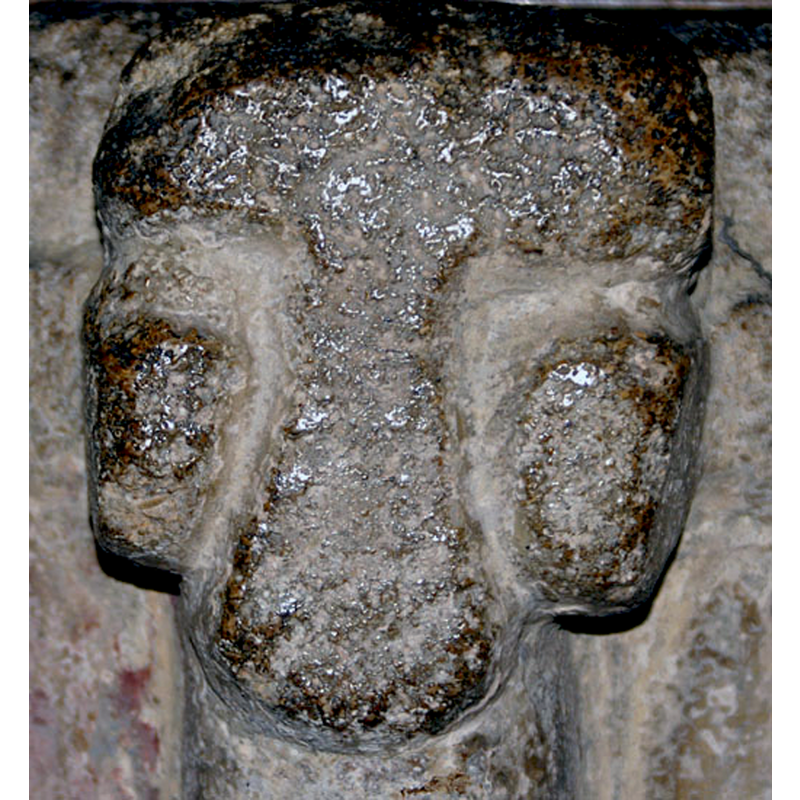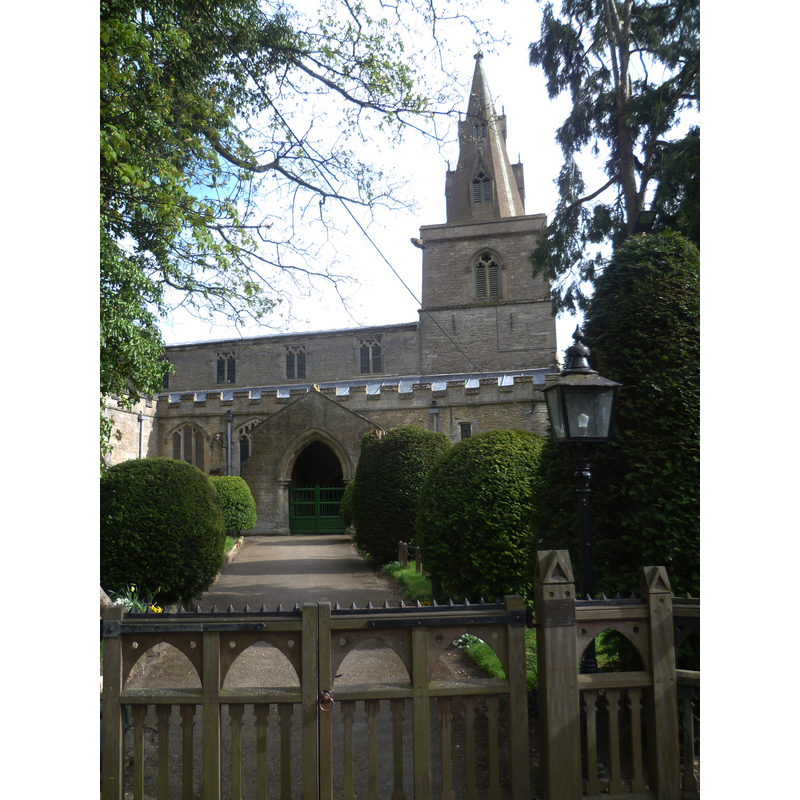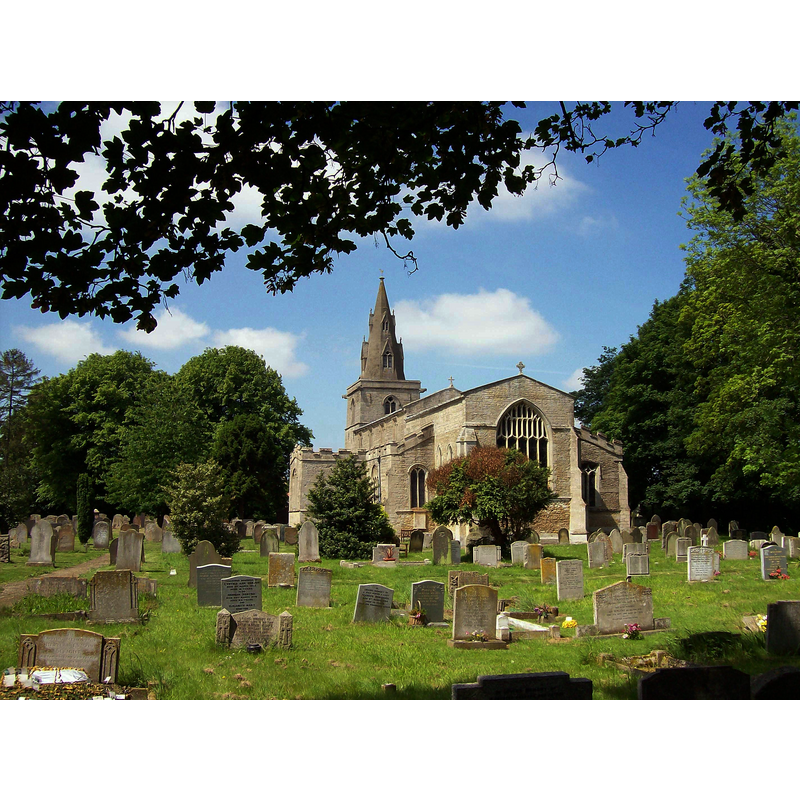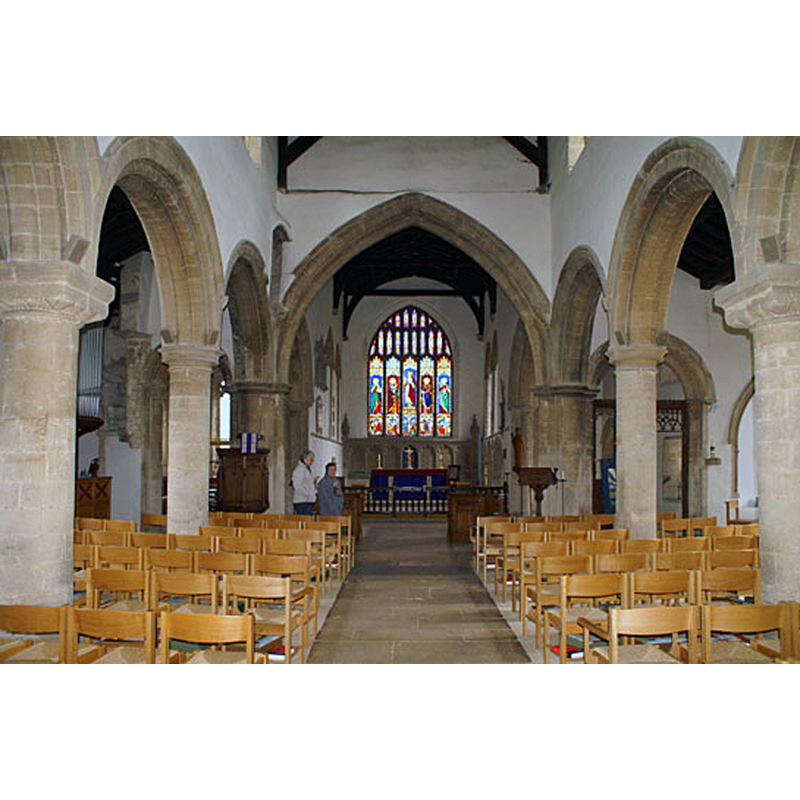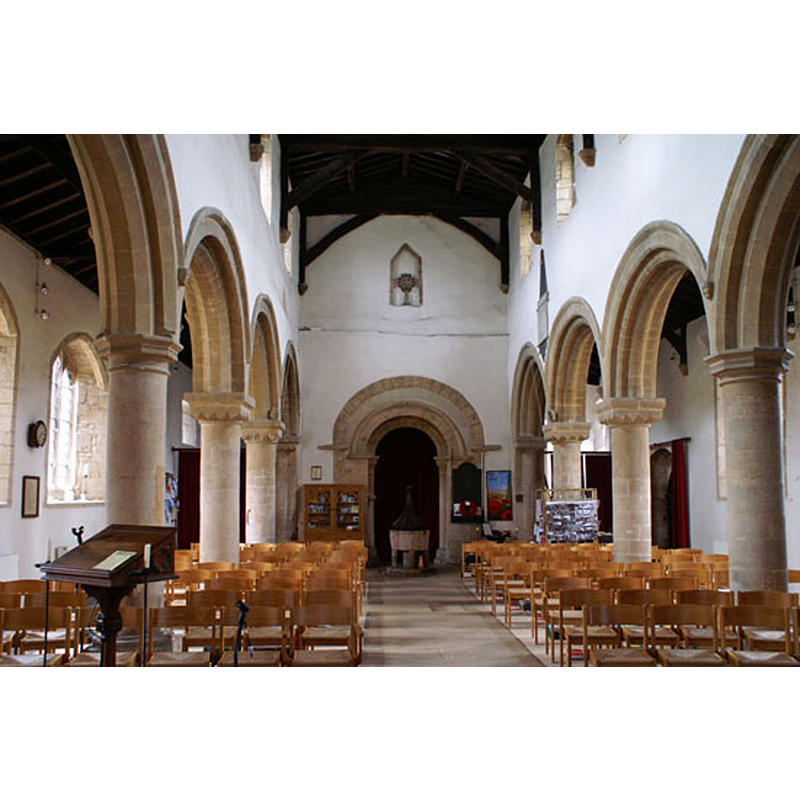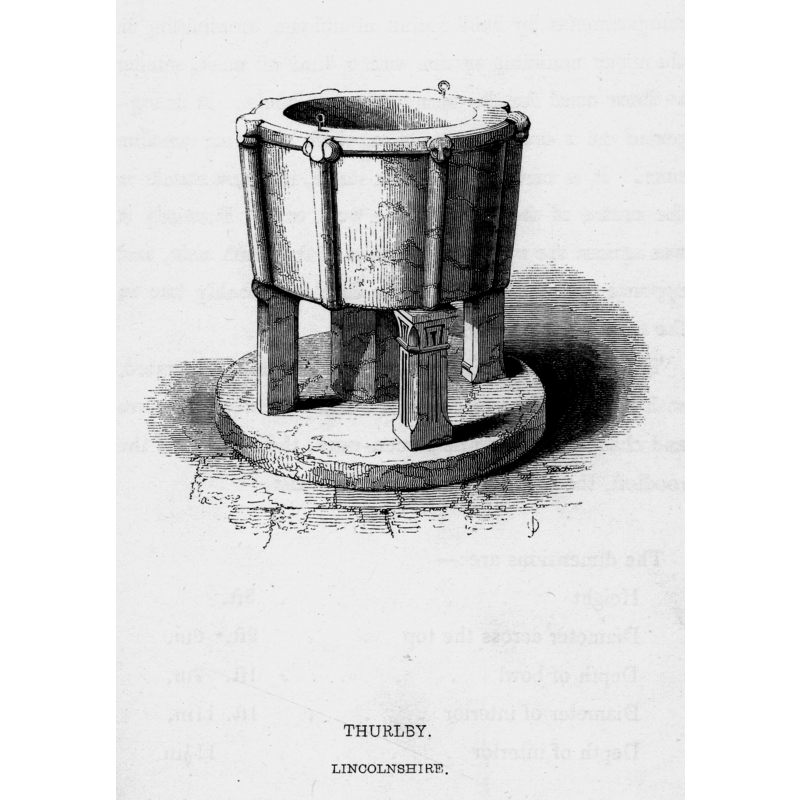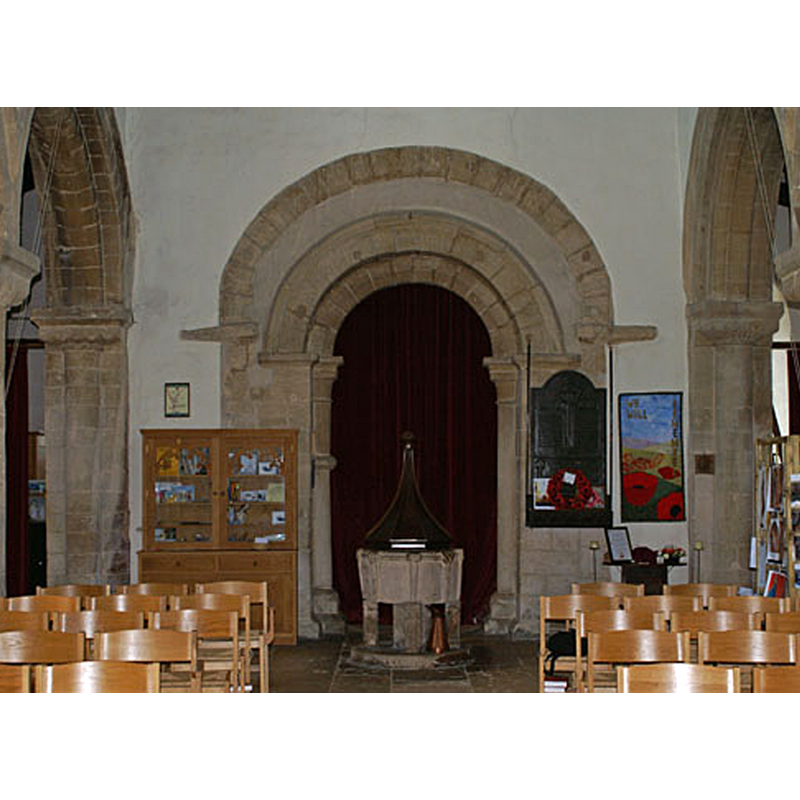Thurlby / Thurlby by Bourne / Torulbi / Turoluebi
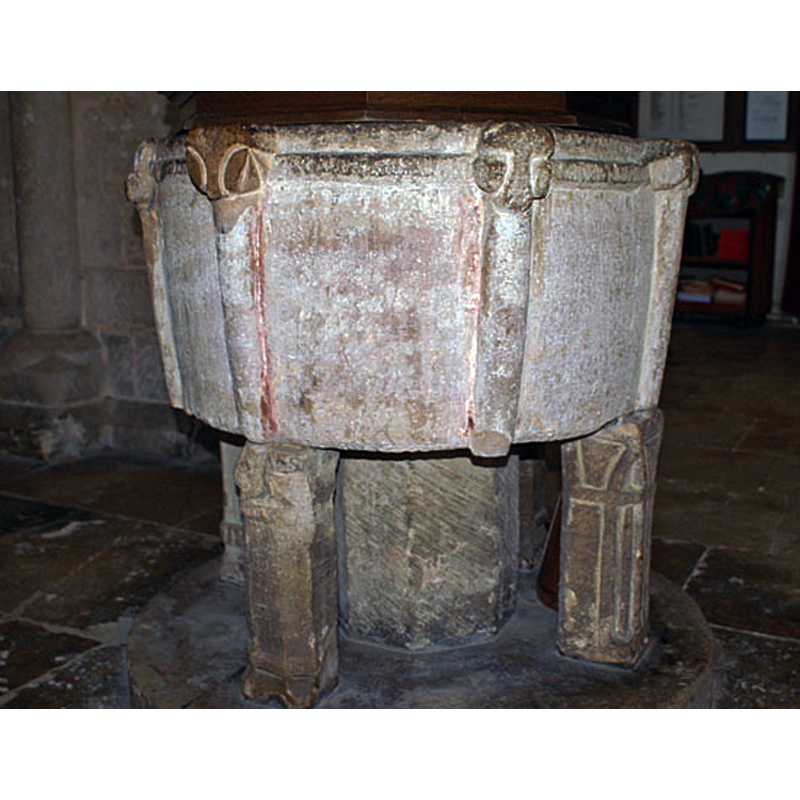
Image copyright © Great English Churches, 2015
Standing permission
Results: 9 records
design element - motifs - piping
Scene Description: they end at the upper basin side in mask-like motifs
Copyright Statement: Image copyright © Great English Churches, 2015
Image Source: digital photograph in Great English Churches [www.greatenglishchurches.co.uk/html/thurlby.html] [accessed 11 October 2015]
Copyright Instructions: Standing permission
human figure - head?
Scene Description: mask-like -- Source caption: "A “head” that adorns the rim of the font."
Copyright Statement: Image copyright © Great English Churches, 2015
Image Source: digital photograph in Great English Churches [www.greatenglishchurches.co.uk/html/thurlby.html] [accessed 11 October 2015]
Copyright Instructions: Standing permission
view of church exterior - north view
Scene Description: Source caption: "The tower of St Firmin's Church is Anglo-Saxon, and other parts of the church may be pre-Norman. The top of the tower is Decorated and the rest of the church is from various dates."
Copyright Statement: Image copyright © Marathon, 2013
Image Source: digital photograph taken 3 May 2013 by Maraton [www.geograph.org.uk/photo/3445138] [accessed 11 October 2015]
Copyright Instructions: CC-BY-SA-2.0
view of church exterior - southeast view
Scene Description: Source caption: "The village church at Thurlby, near Bourne, Lincolnshire. The parish church at Thurlby is tucked away in a lane alongside the Car Dyke, well maintained and surrounded by a spacious churchyard with the west windows overlooking the fens. The patron saint is St. Firmin, first Bishop of Amiens, who was martyred early in the 4th century, and Thurlby is one of the few churches with his name. A restoration programme for the church windows was completed in 1992 and in 2005, major improvements were made to the church interior at a cost of £110,000 when the Victorian pews were replaced by chairs, a controversial change that is now being adopted by many other churches in the country to create a more spacious nave for community use."
Copyright Statement: Image copyright © Rex Needle, 2007
Image Source: digital photograph taken 5 June 2007 by Rex Needle [www.geograph.org.uk/photo/4290471] [accessed 11 October 2015]
Copyright Instructions: CC-BY-SA-2.0
view of church interior - nave - looking east
Scene Description: Source caption: "Looking towards the chancel with its east window of about 1440."
Copyright Statement: Image copyright © Great English Churches, 2015
Image Source: digital photograph in Great English Churches [www.greatenglishchurches.co.uk/html/thurlby.html] [accessed 11 October 2015]
Copyright Instructions: Standing permission
view of church interior - nave - looking west
Scene Description: Source caption: "The western aspect is the more interesting. Note the differences in shape and capitals on the two later aisle bays (nearest the camera) from the Norman ones with their distinctive scalloped capitals."
Copyright Statement: Image copyright © Great English Churches, 2015
Image Source: digital photograph in Great English Churches [www.greatenglishchurches.co.uk/html/thurlby.html] [accessed 11 October 2015]
Copyright Instructions: Standing permission
view of font
view of font and cover
Scene Description: Source caption: "The Norman font is a relatively crude affair. Note the supports which have clearly been re-used from elsewhere - possibly from the original Saxon building."
Copyright Statement: Image copyright © Great English Churches, 2015
Image Source: digital photograph in Great English Churches [www.greatenglishchurches.co.uk/html/thurlby.html] [accessed 11 October 2015]
Copyright Instructions: Standing permission
view of font and cover in context
Scene Description: Source caption: "The outer part of the tower arch is Saxon, but the Normans inset it with an arch of their own."
Copyright Statement: Image copyright © Great English Churches, 2015
Image Source: digital photograph in Great English Churches [www.greatenglishchurches.co.uk/html/thurlby.html] [accessed 11 October 2015]
Copyright Instructions: Standing permission
INFORMATION
FontID: 01613THU
Object Type: Baptismal Font1
Church/Chapel: Parish Church of St. Firmin
Church Patron Saints: St. Firminus of Amiens [aka Fermin, Firmin]
Church Location: Long Drove, Thurlby, Lincolnshire PE10 0EH
Country Name: England
Location: Lincolnshire, East Midlands
Directions to Site: Located off (W) the A15, 3 km S of Bourne, 8 pm NNW of Market Deeping [NB: there were 3 Thurlbys in Lincs.]
Ecclesiastic Region: Diocese of Lincoln
Historical Region: Hundred of Ness [in Domesday]
Font Location in Church: Inside the church, in the W end, centre of the nave
Century and Period: 12th - 13th century, Medieval
Cognate Fonts: Hallaton and Jumet [cf. FontNotes]
Credit and Acknowledgements: We are grateful to Diana and Lionel, of Great English Churches [www.greatenglishchurches.co.uk], for their photographs of this church and font. We are also grateful to Pol Herman for his help documenting this font
Church Notes: original church here C11 -- "The [present] Church is chiefly Early English and Decorated, with some portions of Norman work. Between the nave and chancel is some fine screen-work, the remains of the roodloft, the staircases to which still exist." (Paley, 1844, unpaged). Fisher (1962: 308-309) argues that there are Saxon parts in this church.
Font Notes:
Click to view
There are four entries for this Thurlby [variant spelling] in the Domesday survey [http://opendomesday.org/place/TF0916/thurlby/] [accessed 11 October 2015], none of whci mentions cleric or church in it. Described in Paley (1844): "a very curious Early English Font, and, perhaps, unique in its design". Listed in Cox & Harvey (1907) as a noteworthy example of Early English fonts. The basin is round, bucket-shaped, with eight vertical mouldings which end in mask-like motifs at the upper rim, otherwise totally plain. The base consists of a central plain octagonal pillar and four square shafts adorned with vertical mouldings. The plinth is round. Paley ibid.) identifies the material as "Barnack stone" and gives the present (ca. 1844) location as the centre of the nave, in the west end of the church; he reports, however, that "formerly it was against the westernmost pillar of the south aisle, and opposite the south door" and dates it to late into the 13th century. The entry for this church in English Heritage [Listing NGR: TF1050316800] (1968) notes: "C12 tub font with octagonal shaft and ribbed sides terminating in anthropomorphic capitals." In Pevsner, Harris and Antram (1989): "Font. E[arly] E[nglish], a curious piece with attached shafts and with convex panels between. Base of core and four shafts, an early example." The font and cover, as well as the church itself, are well illustrated in the entry for this church in Great English Churches [www.greatenglishchurches.co.uk/html/thurlby.html] [accessed 11 October 2015].
A communication to BSI from Pol Herman (e-mail of 29 September 2023) notes the cognate fonts of Hallaton and Thurlby in the UK with the one at Jumet in Belgium
COORDINATES
Church Latitude & Longitude Decimal: 52.737008, -0.364666
Church Latitude & Longitude DMS: 52° 44′ 13.23″ N, 0° 21′ 52.8″ W
UTM: 30U 677914 5846273
MEDIUM AND MEASUREMENTS
Material: stone, oolite (Barnack stone)
Font Shape: bucket-shaped (mounted)
Basin Interior Shape: round
Basin Exterior Shape: round
Rim Thickness: 9 cm
Diameter (inside rim): 57.5 cm
Diameter (includes rim): 75 cm
Basin Depth: 28.5 cm
Basin Total Height: 47.5 cm
Font Height (less Plinth): 90 cm
Notes on Measurements: Paley (1844: unpaged)
REFERENCES
Cox, John Charles, English Church Furniture, New York: E.P. Dutton & Co., 1907
Fisher, Ernest Arthur, The Greater Anglo-Saxon Churches: an Architectural-Historical Study, London: Faber and Faber, 1962
Paley, Frederick Apthorp, Illustrations of Baptismal Fonts, London, UK: John van Voorst, 1844
Pevsner, Nikolaus, Lincolnshire, London: Penguin, 1989
